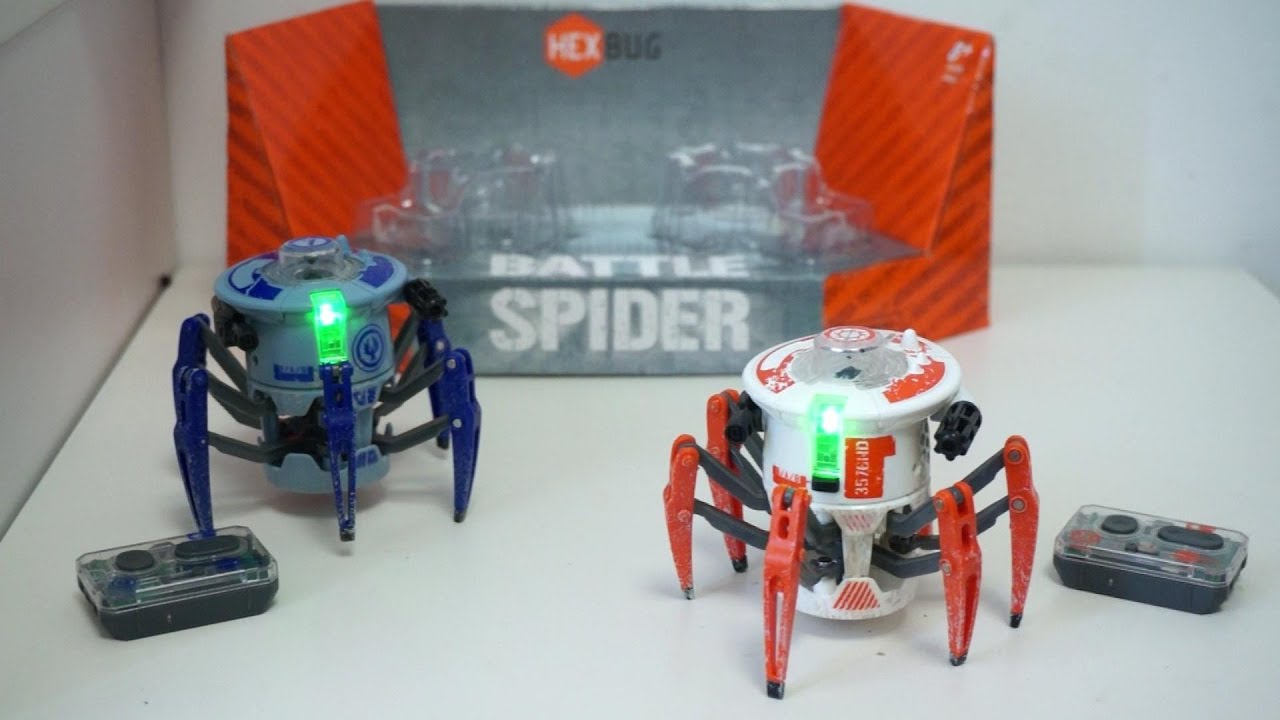
How to use Hexbug Spider for interactive learning?
Hexbug Spider is a versatile and innovative tool that can be used in various educational settings to promote interactive learning. With its robotic features and user-friendly design, the Hexbug Spider can engage students in hands-on learning experiences that are both fun and educational. In this article, we will explore how to effectively use the Hexbug Spider for interactive learning and highlight its benefits for students of all ages.
Benefits of Using Hexbug Spider for Interactive Learning
1. Engages Students: The Hexbug Spider captures students’ attention and keeps them engaged throughout the learning process. Its interactive features make learning fun and exciting, encouraging students to actively participate in educational activities.
2. Promotes Problem-Solving Skills: By working with the Hexbug Spider, students can develop and enhance their problem-solving skills. They learn to think critically and logically as they navigate the robot through various challenges and obstacles.
3. Encourages Collaboration: The Hexbug Spider can be used in group settings to promote teamwork and collaboration among students. By working together to program and control the robot, students learn how to communicate effectively and work towards a common goal.
4. Enhances Technology Skills: Using the Hexbug Spider introduces students to basic programming concepts and helps them develop essential technology skills. They learn how to code, debug, and troubleshoot technical issues, preparing them for future careers in STEM fields.
Tips for Using Hexbug Spider in the Classroom
1. Introduce the Hexbug Spider: Begin by introducing the Hexbug Spider to students and explaining how it works. Show them how to program and control the robot using the provided instructions or online resources.
2. Create Interactive Learning Activities: Design interactive learning activities that incorporate the Hexbug Spider. For example, you can create mazes or obstacle courses for students to navigate the robot through, challenging them to use problem-solving skills and critical thinking.
3. Encourage Experimentation: Allow students to experiment with the Hexbug Spider and explore its capabilities. Encourage them to test different programming sequences and see how the robot responds, fostering creativity and innovation.
4. Facilitate Reflection: After using the Hexbug Spider, facilitate a reflection session where students can discuss their experiences and what they have learned. Encourage them to share their successes, challenges, and ideas for future learning activities.
Conclusion
The Hexbug Spider is a valuable tool for promoting interactive learning and engaging students in educational activities. By incorporating the Hexbug Spider into the classroom, teachers can create dynamic and hands-on learning experiences that foster critical thinking, problem-solving, and collaboration skills. Whether used in STEM education or as a creative learning tool, the Hexbug Spider can enhance the educational experience and inspire students to explore new ways of learning.
Was this helpful?
0 / 0